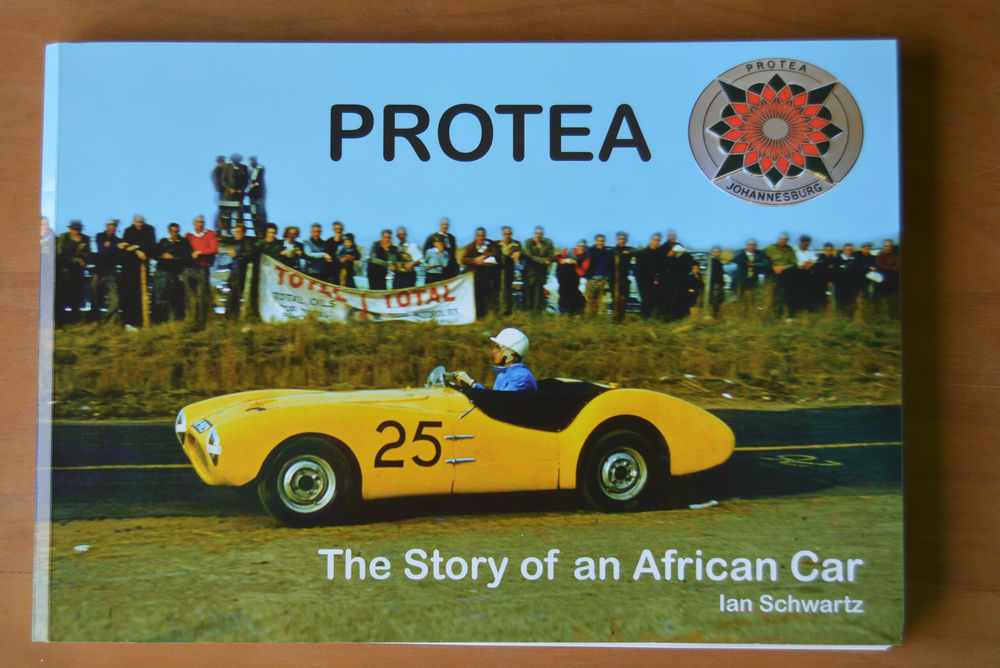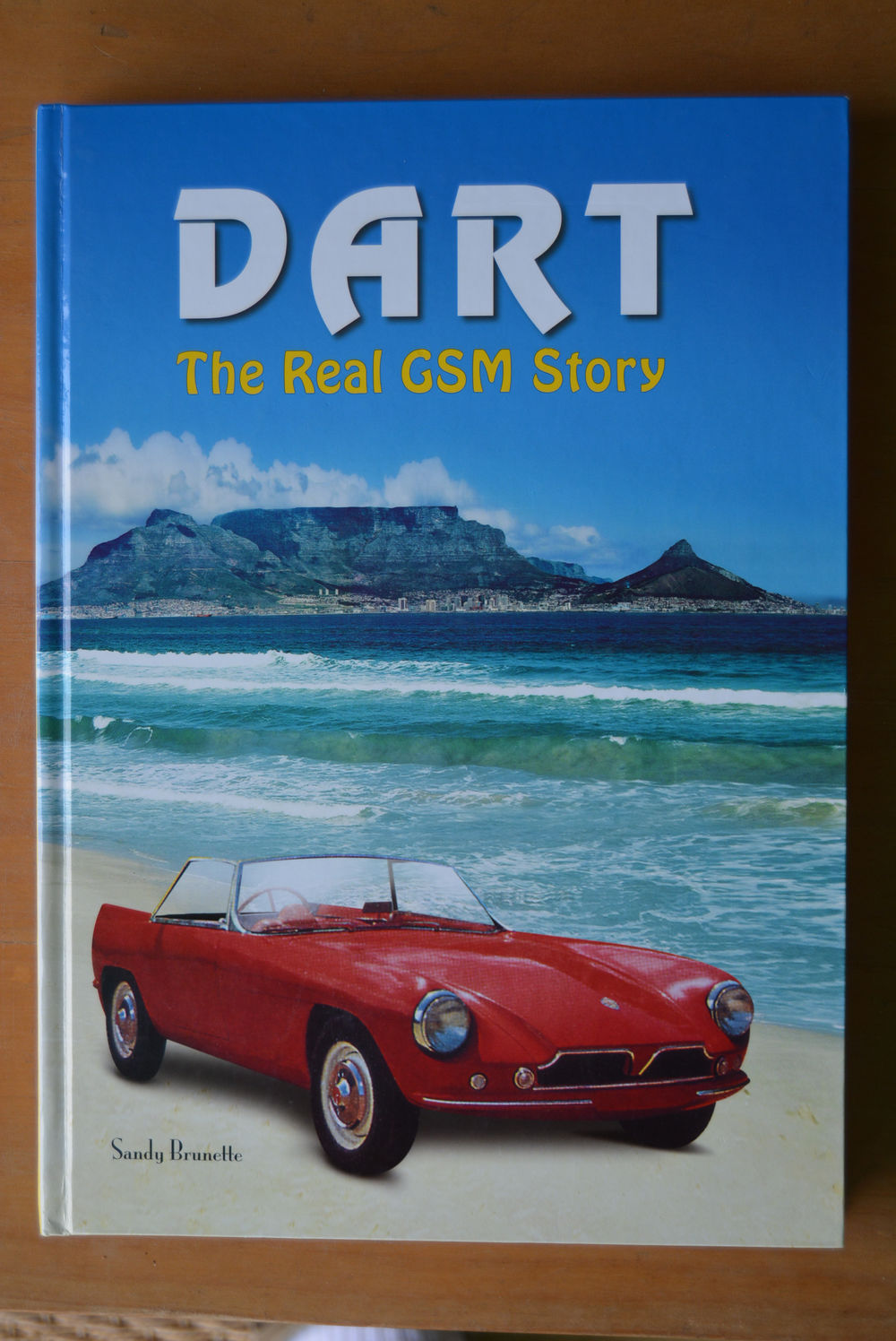
30 Jun Between the covers
While the usual Memorabilia column is on a short lockdown break, we continue with this new, additional feature series that focuses on motoring literature of interest to FMM’s followers. Hosted by Wendy Monk, this month we look at a pair of books from the library shelves that cover extensively the history behind South Africa’s pioneering motor manufacturers, Protea and GSM…
Each of these cars is a South African icon, pioneering projects in this country’s proud motoring heritage. The driving force behind each one involved a group of three men driven by a shared passion for motoring and motor sport. Both had books written about them, albeit separated by 10 years, and both tomes are terrific reads that tell us what motivated these groups of men to design, develop and manufacture the cars that led to their respective concepts becoming the success stories they are today.
Protea – The Story of an African Car – author Ian Schwartz, published 2017.
The Protea was the first of the two cars to be built and was the brainchild of Dr Alec Roy, John Myers and Bob Fincher, each of whom had already spent many hours tinkering and modifying cars. During get-togethers, the three decided that they wanted to build a car from scratch that could easily take part in any sporting event or just be driven for pleasure. Each person brought their own talent into the mix, and the design was to be a classic front engine/rear-wheel drive sports car layout, with a glass fibre body. Later, Miriam and Roy Hudson gave financial backing to the trio and they were able to move into factory premises in Johannesburg under the name of GRP Engineering.
Powered by the ubiquitous Ford 100E side-valve engine, the Protea was first publicly displayed at Milner Park on 4 October 1956, painted yellow with black upholstery. The Rising Sun grille design signifies a promise of things to come, but it was not to be. Fourteen cars were built to the original specification, and a similar number of variations on the theme followed, but the Protea’s life was sadly short lived.
The 155-page book chronicles in encyclopaedic detail the dream of the three good friends who shared a passion to build a car. It contains copious photographs, drawings, race programmes and suchlike to illustrate the conception, birth and life of the car, punctuated along the way with great anecdotes.
Dart – The Real GSM Story – author Sandy Brunette, Published 2007
Bob van Niekerk was unquestionably the driving force behind this project. He and Willie Meissner met at Stellenbosch University and the friendship survived Willie leaving university prematurely in favour of an apprenticeship as a motor mechanic. Later, Willie was to meet Verster de Wit in London where he shared with him the dream that he and Bob had of building a car of their own design. Verster was working for the Rootes Group in Coventry at this time and Bob moved to England to join them and they each pooled their abilities, Bob as an engineer, Willie with his practical mechanical knowledge and Verster for the styling and body design. Bob and Willie built thirteen clay models of Verster’s designs in their flat, and he rejected each one until, finally, they built one that suited them all. They hired premises to build a full size mock-up, from which a mould was taken and shipped to Cape Town to GSM – Glass Sport Motors – the company’s home base. And there the story of the Dart began…
The 189-page book is written in an easy-to-follow style, which makes for an enjoyable read. It takes an honest look at the good and the bad of what goes on behind the scenes with such a project and is brim full of photographs, road tests, technical data, race reports and an appendix of GSM competition appearances from January 1958 to December 1971. The evolution of the Dart’s coupé sister, the Flamingo, is also extensively covered. All told, 116 Darts 128 Flamingos were built.
As much as both cars’ histories have similarities, there are intriguing differences, too, like the Protea was designed in South Africa by British men whereas the Dart was designed in England by South Africans. But both are unashamedly Proudly South African products.
Ultimately, more Darts were sold than Proteas, yet none of the original builders made any real money from their sale. They wanted to build a car that people would love and could be driven to the local shop or race at weekends and they achieved this. If that is how success is measured then both were successful. Today, we still see these cars around and they are loved and cared for by their owners.
Both books are available from The Franschhoek Motor Museum – the Protea book costs R200 and the Dart book R250, excluding any packing and postage.




